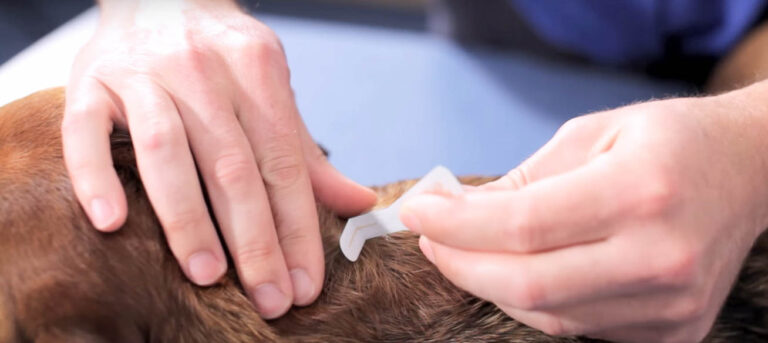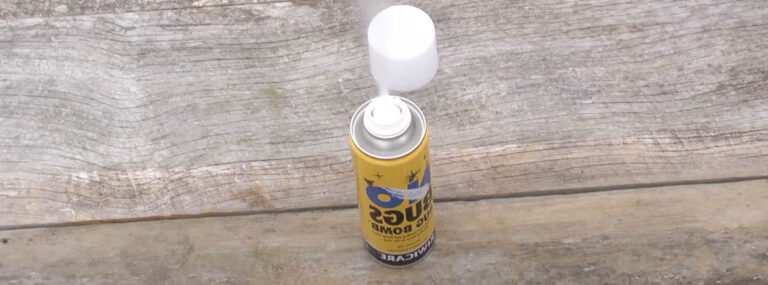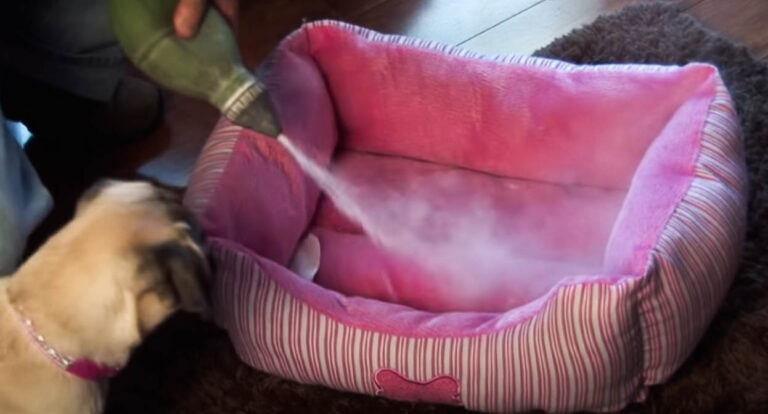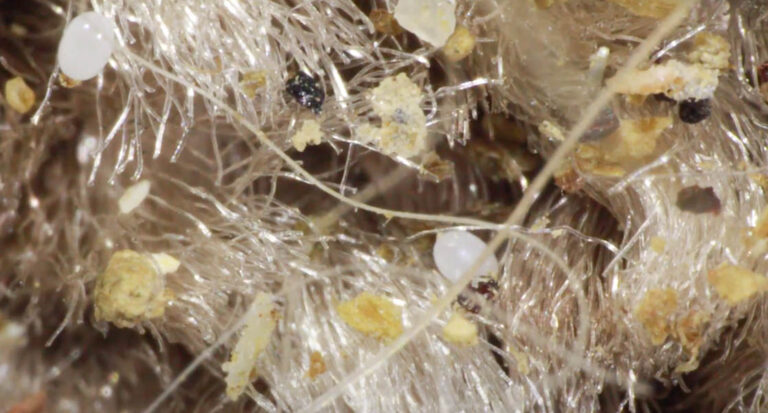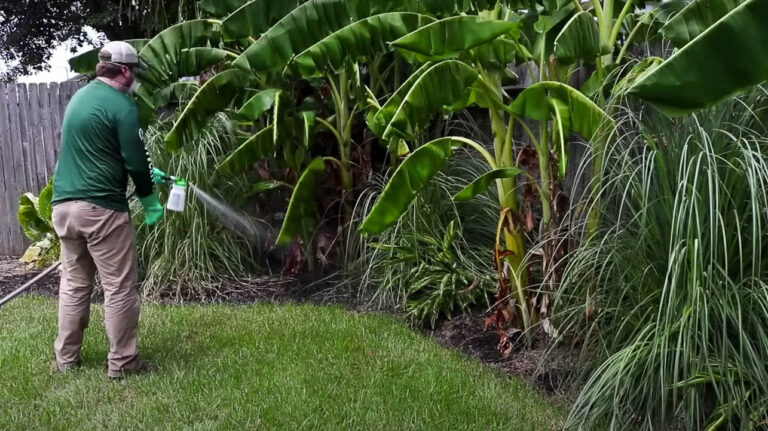How to get rid of fleas in the house?
How to get rid of fleas in the house?
Your pets becoming unwilling hosts for fleas can be a very unpleasant experience for you and your pets. If these creepy crawlies have found their home in your pet’s fur, then they have moved into your home full time. Your pets may be the host but your home is the nursery, thanks to the life cycle of fleas. If your pet was unfortunate enough to have a flea hop on his back while out on a walk and this flea followed him home, within just a few weeks there will be tons of tiny fleas scattered around your home. This is because when fleas attach themselves to a host, they drink blood and then lay eggs which fall off the body of the animals as it walks around. And what’s more, fleas are able to lay up to 50 eggs in a day.
When a flea has moved in with your pet, it lays eggs which your pets unintentionally distribute around your house, and in a matter of weeks, larvae and cocoons will emerge and finally, adult fleas will start to hop around in search of blood meals. It is estimated that adult fleas make up only 5% of a flea infestation while the eggs, larvae, and cocoons account for the remaining 95%.
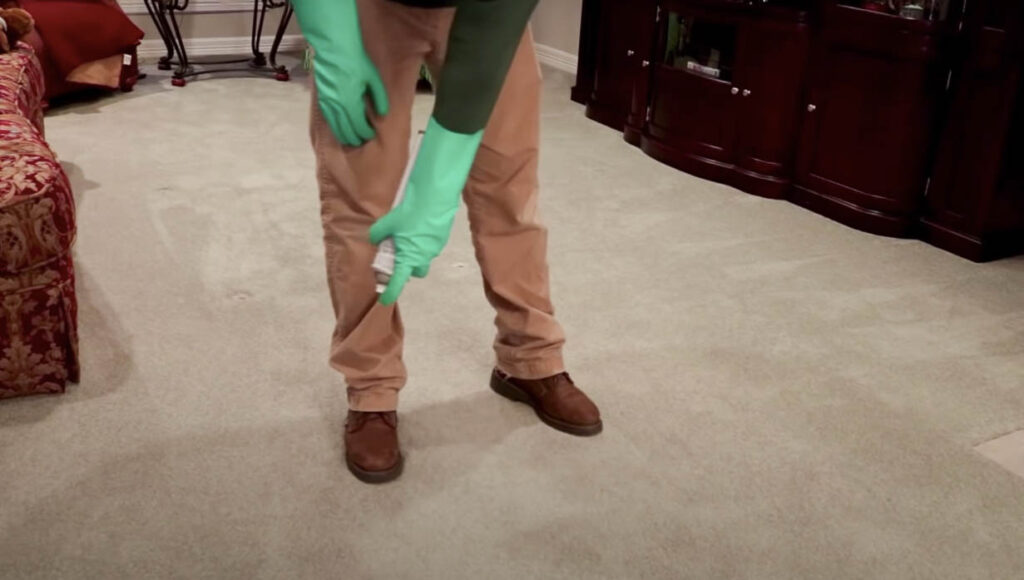
How can you tell that fleas have moved into your home?
The very first sign of an infestation is the itching and scratching which is a reaction to flea bites. And when you take a closer look at your pet to determine why it is itching, you may see tiny wingless reddish-brown insects that will jump away almost as soon as you see them, these are fleas.
You may also notice tiny black specks that look very much like specks of pepper scattered on your pet’s fur, these are flea droppings and are known as flea dirt. Fleas and flea dirt will be more noticeable if your pet has white or brightly colored fur. But if their fur is black or dark brown, then use a flea comb to comb through their fur.When you do this, the fleas living in your pet’s fur will get trapped between the teeth of the comb. Subsequently, you should dump the comb in a bowl of warm soapy water, fleas are as small as 1 to 3 mm in length with reddish-brown scaly bodies. Another way to detect the presence of fleas is to wear a white knee-length sock and walk around in your home, especially the carpeted section. If there are fleas, then you may notice tiny wingless insects jumping on your socks trying to bite through to your skin.
So, there are fleas, what next?
The first step to treat a flea infestation is to treat the host, in this case, your pets. Take your furry friends to the vet and get them treated for fleas, your vet will likely give you some medication to use against fleas, use them religiously to ensure these fleas do not get fed. Then thoroughly vacuum your floor using a powerful vacuum. Make time every day to vacuum every inch of your home, focusing more on carpets, crevices, cushions, and places where your pet frequents. Do it repeatedly, every day for at least two weeks, or every other day for a month (the longer the better) to ensure that you get rid of all flea eggs, larvae, and cocoons. And tie up the debris bags and dispose of them carefully.
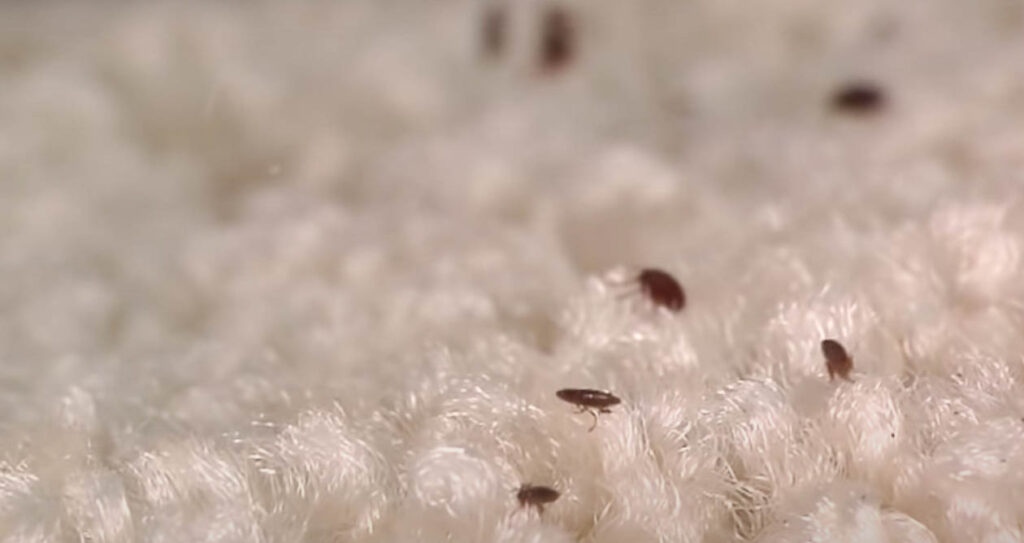
Wash your pet’s bedding with hot water (at least once a week for a month) and treat it with the same non-toxic anti-flea product you use for your pet. And if your pet shares your bed, apply the same treatment to your bed sheets and mattress. Next is to use a flea aerosol spray or fogger to kill off the adult fleas hopping around your home. When using a spray, make sure you read the instructions on the product, some products will require that you spray them when everyone is out of the house, including pets, with the windows
and doors shut. You may have to repeat the treatment for a few days a week for a few weeks. With this treatment, fleas should have no places to stay in your home. But if you still notice their presence despite all your efforts, then you may need to bring in pest control experts to professionally tackle the problem.

